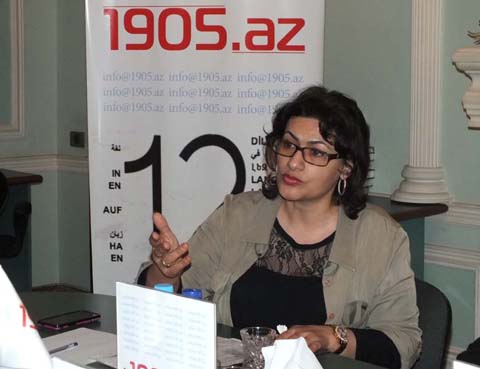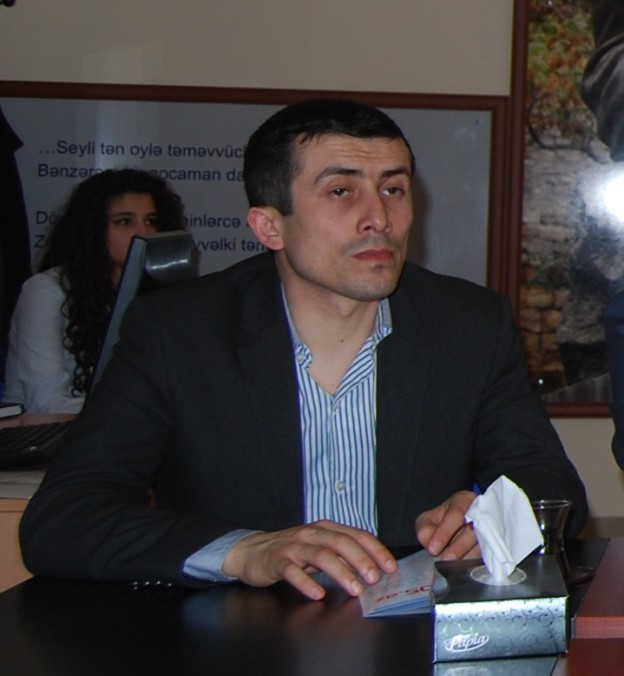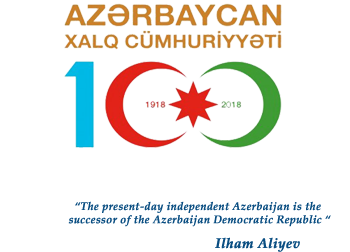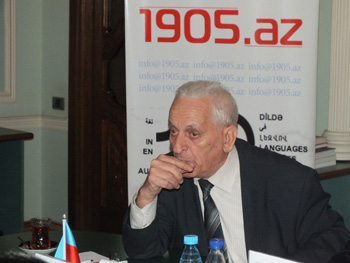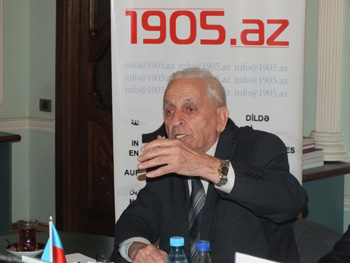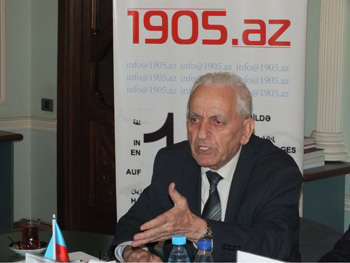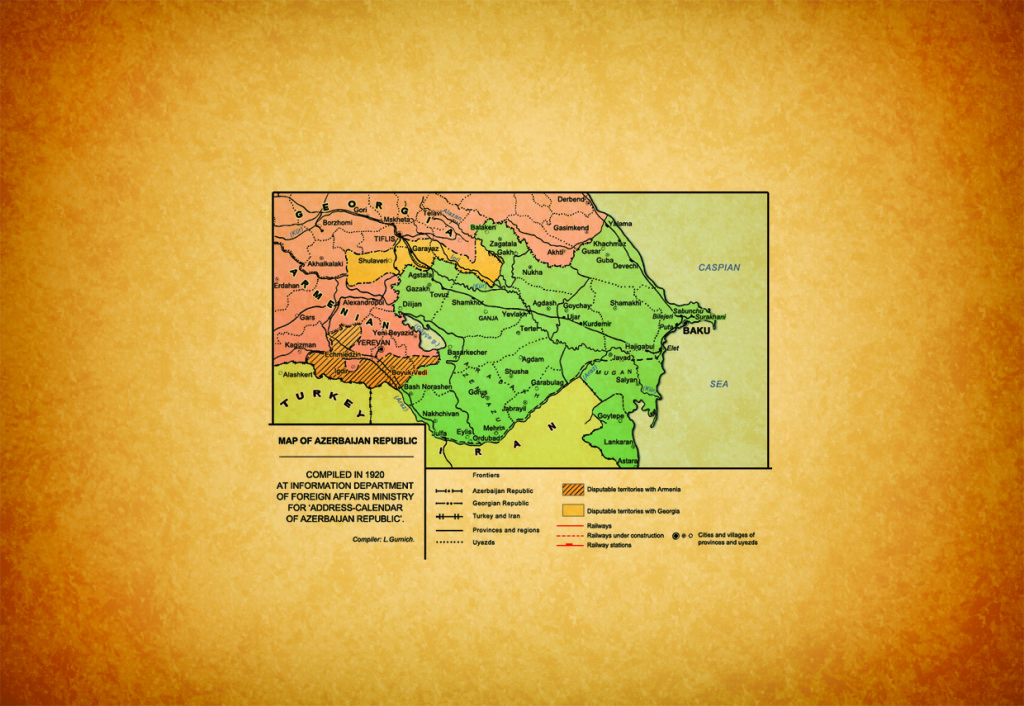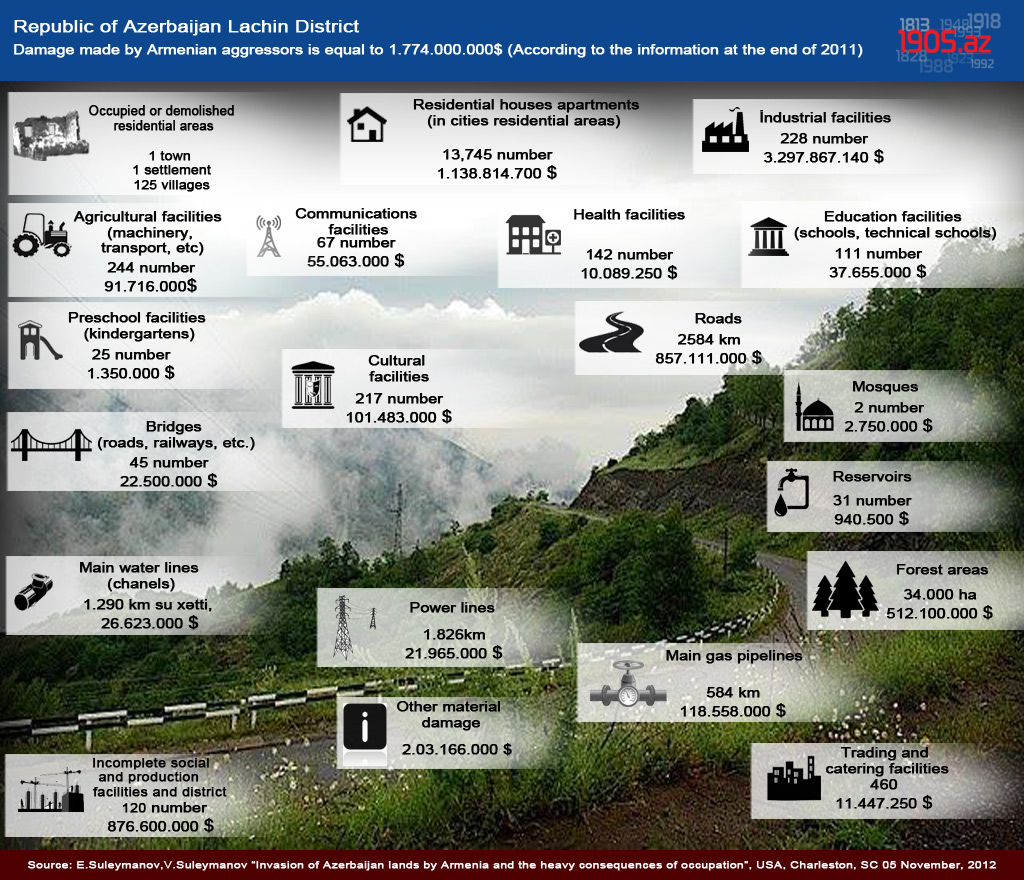Our interviewee is PhD in History Karim Shukurov
– Mr. Shukurov, 201 years have passed since the signing of the Treaty of Gulistan. What is your assessment of the political situation in the world and in Azerbaijan at that time?
– In order to clarify this issue, we should shed light on the processes preceding the signing of the Treaty of Gulistan. Therefore, we should study the international relations and political situation in Azerbaijan in late XVIII early XIX century. The international situation was developing mainly under the influence of the French Revolution. Napoleon’s coming to power as a result of the French Revolution made significant changes to international relations. At that time, Azerbaijan was divided into khanates that had formed following the death of Nadir Shah in 1747.
Towards the end of the XVIII century, the struggle for the unification of the khanates expanded. Fatali Khan of Urmia, Ibrahim Khan of Karabakh, Haji Chalabi of Shaki, particularly Fatali Khan of Quba tried to expand their territories. However, the aim of unifying the khanates was not realized, i.e. establishing a strong, centralized Azerbaijani government as in the Safavids period was impossible. Internationally, new trends grew: France strengthened, which deepened contradictions between France and the United Kingdom, France and Russia. The weakened positions of the Ottoman Empire and Iran created serious problems for their active participation in the international relations. In the end of the XVIII century – beginning of the XIX century, Russia moved southward, thus, becoming a neighbor of Azerbaijan and began to pursue an aggressive policy against Azerbaijan. Russia’s desire was to strengthen its positions in Azerbaijan and Iran. There were contradictions between Russia and Great Britain as Russia’s plans regarding Azerbaijan and Iran threatened India. In fact, Czar Pavel I ordered ataman Platov to march southward to India directly from a parade.
This move irritated Britain. Azerbaijan’s domestic split also facilitated its occupation by foreign powers. I would like to draw your attention to a very important issue of the time. The years 1801-1803 should be distinguished as a separate period in Russia’s policy of aggression against northern Azerbaijan. There are two manifestos – by Pavel I on January 12, 1801, by Aleksandr I on September 12, 1801. In 1803, Russia launched an armed attacked to seize the Azerbaijani lands. In March-April 1803, Car-Balakan was occupied. It meant that Russia’s aggression against Azerbaijan entered a new phase in that year. These events are usually studied in the context of the 1804-1813 Russian-Persian war. Such an approach is not enough to study that period of the Azerbaijani history.
I think that 1803-1813 should be researched as a separate period, which was Russia’s war against Azerbaijan. Following Car-Balakan, the Ganca Khanate was occupied n January 1804. However, the war broke out between Russia and Iran in the summer of 1804. There is one important issue that has not been considered so far. The study of the movement of the Russian troops’ commanders in the Caucasus shows that they were fighting against the Azerbaijani khans. In the southern Azerbaijan too existed several khanates, which belonged to the sphere of influence of the Qajars. Mostly Azerbaijanis served in those troops. It means that the Azerbaijanis fought on both sides. Russia’s occupation included both military way and through treaties. Russia fought against Iran in 1804-1813, against the Ottoman Empire in 1806-1812, against Sweden in 1808-1809. In summer 1812, Napoleon attacked Russia. The international relations and regional events developed in a complicated way. It is impossible to study that period without considering the mentioned factors.
– What were Russia’s key directions when occupying Azerbaijani lands?
– Now we talk about the fight of the Azerbaijani khanates against Russia. Why am I talking about Russia’s war against Azerbaijan? Because the concept of warfare includes tactics and strategy. If the Persians waged a war, it would have threatened the Kartli-Kakheti kingdom through Car-Balakan. The second major blow was directed towards Ganca, as capturing Ganca would open the way to Karabakh. The Russian troops could gain the opportunity to march towards Tabriz and Tehran through Karabakh. The new strategy was applied after Car-Balakan and Ganca. In Kurakchay, the Russians concluded treaties with the Khanate of Karabakh on May 14, 1805, with Salim Khan of Shaki on May 21, 1805.
These documents should be reviewed very carefully. They limited the number of rights of the khanates. In 1783, the Russians and the Kartli-Kakheti kingdom signed the Treaty of Georgiyevsk, which granted more rights to the Georgians. While Russia strengthened its position in the region, it severed its attitude towards the local lords. According to the Treaty of Georgiyevsk, the Georgian nobility gained the rights equal to those of the Russian nobility. Nevertheless, the Azerbaijani khans and beys (noblemen) did not enjoy such rights until the collapse of the Russian empire in 1917. The Treaty of Kurakchay opened the way to Shirvan. In this context, we should study Pavel Tsitsianov`s activities as well. He initially wanted to occupy Ganca without conflict, through diplomatic pressure. Cavad Khan resisted till the end. After Ganca, Karabakh and Shaki, his target was Shirvan. He was also eager to capture Baku. But the road to Baku was going through Shirvan. In December 1805, he signed a treaty with the Khan of Shirvan and opened his way to Baku. The Russian military historians write that Tsitsianov was very ill, suffering from fever at that time. Despite his conditions, he was keen to march towards Baku. In order to terrify the population of Baku, he ordered his army to place the cannons in appropriate positions. He was ready to destroy the city with cannon shells if he had met any resistance. It was his plan.
However, he was assassinated in February 1806. This assassination saved Baku from great disasters. Pavel Tsitsianov had already become the commandant of Baku after Valerian Zubov invaded the city in 1796. He knew the city well and strived to occupy it. One of the main goals was to receive military forces via the Caspian Sea. Therefore, the Russian navy advanced towards Baku while Tsitsianov approached the city on ground. However, the situation changed after the murder of Tsitsianov. He was beheaded, and his head was sent to Fatali Shah. His beheaded corpse was first buried in Baku, later was relocated to Tiflis, Georgia. As a result of the new offensive, Baku was captured in October 1806. After the occupation of Quba, the military operations got weakened. Within the new phase of the conflict, the Russian troops led by Kotlyarevskiy defeated the Persians in the Battle of Aslanduz in 1812. Later Lankaran was seized. In that period, Russia was fighting against the Azerbaijani khans, the Qajar State and the Ottoman Empire. Following the occupation of Lankaran in early 1813, it became clear that it would be too hard for the Persians to continue the war.
– What was the attitude of the Ottoman Empire and Great Britain to the Treaty of Gulistan?
– Great Britain was actively involved in this conflict. Napoleon also wanted to gain a foothold in Iran, but Russia and France signed the Treaty of Tilsit in 1807. After Tilsit, France reduced its activities in the region, whereas Britain got strong here. Britain signed various treaties with the Qajar government in order to help it in the war. However, the conflict developed into a situation, when it was dangerous for Iran to continue. Therefore, the Qajar government made a decision to conclude a treaty. The Treaty of Gulistan was signed in Karabakh on October 12, 1813. The document is low of diplomatic standards. It was signed by Gen Nikolay Rtischev from Russia and Foreign Minister Mirza Abolhassan Khan of Iran.
As a diplomat, Mirza Abolhassan Khan was able to resolve some issues in favor of Iran during the negotiations. In particular, in addition to the treaty, a separate act was signed. Many scholars focus on the treaty, but do not refer to the act, according to which, Iran gained a right to appeal to the Russian tsar for review of the treaty`s provision regarding lands. Later it became clear that Mirza Abolhassan Khan gained some diplomatic profits for Iran, which Rtischev did not realize. In order to avoid similar problems when preparing the Treaty of Turkmanchay, the Russian government specially sent a diplomat Obreskov to help Paskevich, who was in charge of Russian troops on the war theatre? According to the Treaty of Gulistan, the northern Azerbaijan, excluding Nakhchivan and Erivan khanates, was annexed by Russia. There is another interesting point, which has been out of focus for a long time. Were the Azerbaijani khanates independent, part of Iran or dependent on Iran, when the document was included? The American historian T. Svyatochovsky first paid attention to this question. When both sides were preparing the signing process, Iran agreed to the annexation of the khanates, which were not part of Iran, by Russia. It is a serious matter as we are talking about the recognition of the khanates’ independence.
The Azerbaijani scholars did not pay attention to this question for a long time. Having lost the 1806-1812 war and concluding the Treaty of Bucharest, the Ottoman Empire was also concerned with the signing of the Treaty of Gulistan and Russia’s strengthening of its position in the region. Any alliance between the Ottoman Empire and Persia did not occur either. Russia was uncomfortable with such a possible alliance. However, despite some attempts, including the British efforts, the Ottomans and Persians could not create any alliance. Thus, Russia concluded the Treaty of Bucharest with the Turks first and the Treaty of Gulistan with Qajars later. Neither the defeated Ottomans, nor British wanted Russia to gain strong foothold in the region. Thus, Great Britain made efforts to gain some advantages for Iran under the Treaty of Gulistan.
– The results of the Treaty of Kurakchay showed that Tsarist Russia could not be a trustworthy state. Did the Azerbaijani khanates show any efforts for unification after Russia terminated the treaty?
– Fatali Khan died in mysterious circumstances in 1789. His death dealt a serious blow to the idea of unification. Russia defeated the Ottoman Empire in 1787-1791 war, and started increasing its military presence in the region. It seriously influenced the situation in the Caucasus. Meanwhile, the military potential of the khanates weakened. They could not create combined military forces to resist Russia`s military aggression. As for the Treaty of Kurakchay, it refers to Ibrahim Khan as Ibrahim khan of Karabakh and Shusha, which is of great importance to us. The document repeatedly specifies that Ibrahim Khan was the lord of Karabakh and Shusha. Another interesting provision of the treaty stipulates that the power belongs to Ibrahim Khan and his successors. Following Ibrahim Khan`s death, Mehdiqulu Khan was appointed head of Karabakh under the special decree of Aleksandr I. We do possess the text of the decree, which has been published by many sources. Mehdiqulu Khan ruled Karabakh from 1806 to 1822.
It is true that the status of the khanate was lowered quite significantly during his reign. The Khanate could not pursue independent foreign policy or establish international relations. Moreover, a Russian garrison was stationed in Shusha. Thereafter, a similar treaty was also signed with Salim Khan of Shaki and Mustafa Khan of Shirvan. Combining the forces against Russia was further limited after the invasion of Baku. When the 1826-1828 Russian-Persian war broke out, some of the expelled khans returned to their khanates, and a Muslim rebellion was launched in 1826. As a result, the troops led by Abbas Mirza reached Shamkir in a short time, even though the siege of Shusha delayed their progress. It clearly demonstrated the unacceptability of 13-year occupation regime and the willingness of the former khans to return their power.
Unfortunately, the Russian army became stronger once again. Paskevich was sent to the region as a new commander since A. Yermolov was in difficulty. After Paskevich assumed the control, the number of Russian troops was also increased. As a result, the Persian army led by Abbas Mirza was defeated in the bloody battles near Shamkir and Ganca. The defeats also eliminated the issue of combining forces. Having occupied Nakhchivan and Iravan and the Russians even managed to seize Tabriz crossing the Aras River.
– You are a co-author of the monograph titled “Nakhchivan history and monuments”. Do the Armenian claims to Nakhchivan have any historical grounds?
– If we study the history of Nakhchivan from the ancient period, we can confidently state that the Armenians are not indigenous people of Nakhchivan. By the way, the Nakhchivan Division of the Azerbaijan National Academy of Sciences has started publishing the three-volume “History of Nakhchivan”, of which the first volume has already been published. A Russian bureaucrat named Chopin, who deeply researched the issue of Armenian resettlement to Nakhchivan, wrote a book based on the materials collected in 1828-1829. The book printed in 1852 is of interesting history and contains a lot of useful information about that period. Chopin was trying to print the book, which was also approved by the Academy. Although rewarded with high awards, the censorship did not allow the publication of the book at that time.
The Russians feared that the information from the book could be used by other states. The publication of the book was allowed when its data lost its importance to some extent from military-strategic point of view. By referring to that book, we can say that the Armenians are not native to this region. The Armenians were resettled to these lands resettled in accordance with Article 15 of the 1828 Treaty of Turkmanchay. Chopin also noted these issues. However, he also made a mistake when distinguishing the newly settled Armenians from the Armenians who had lived there for a long time as the second group had also been resettled but earlier. Starting from 1801, Russia sought to strengthen the position of the Armenians in this region. Therefore, the Armenians were resettled to the regions occupied by Russia. It is one of the issues in our historiography that received little attention. Therefore, the Armenians have always been foreign elements in Nakhchivan. A Transfer Committee was formed under Lazarev, who was the ethnic Armenian. We also possess the appeal of Lazarev to the Armenians. A researcher surnamed Glinka also authors a book on the resettlement of Armenians. A book by Grigoryev contains data explaining from which regions of south Azerbaijan, the Armenians were moved to Nakhchivan. In other words, there are enough facts about the relocation of the Armenians to Nakhchivan.
– When talking about Nakhchivan, we can recall the Treaty of Kars, too. In your opinion, what is the role of the Treaty of Kars in our history?
– Let’s first recall the Treaty of Moscow signed on March 21, 1921 between the RSFSR and the Turkish Grand National Assembly. Article 3 of the treaty deals with Nakhchivan. On the basis of this document, fresh negotiations were launched in Kars in September 1921. The Treaty of Kars was signed on October 13 between Turkey on one side and Azerbaijan, Armenia and Georgia on the other side with participation of the RSFSR. The Turkish side was represented by Kazim Karabekir Pasha.
We must pay attention to the important provisions of the document. Some historians believe that the treaty should have been signed between the different republics. But I think that this is not the right approach. The format of the agreement can be considered more efficiently. Following its independence, Armenia included a provision on non-recognition of the Treaty of Kars in its constitution. Armenia has terminated the document on its side. However, termination of the document, which is valid for an indefinite period, can happen if it is cancelled by all signatories. If the treaty were bilateral, it would become invalid after Armenia revoked it. However, the document is multilateral and was signed with the participation of Russia. Therefore, the treaty’s validity does not depend on Armenia. The above-mentioned treaties signed in 1921 are seriously elaborated documents. Article 3 of the Treaty of Moscow announced Nakhchivan part of Azerbaijan. The Treaty of Kars stipulated that Nakhchivan was an autonomous region within Azerbaijan. Azerbaijan had a patronage over the region. The sides must stand up against any claims to Nakhchivan.
This is a positive aspect of the treaty. Sometimes, I think whether Turkey could have done anything against Nakhchivan`s falling away from Azerbaijan`s mainland when signing the treaties? Or, could the Azerbaijani delegation have prevented it with solid arguments? But in any case, the document is very important for us even today. In case the issue I just mentioned had been raised and solved back then, the document`s significance for us would have been higher. Unfortunately, Nakhchivan was cut off from the main territory of Azerbaijan as some of our lands were granted to Armenia. In fact, there was a big political issue. With incorporation of a portion of the Azerbaijani lands into Armenia, the territorial integrity and communication of the Turkic peoples got broken. Turkey was able to increase its activity in the region only in 1991 after the collapse of the Soviet Union.
– We would like to hear your recommendations for 1905.az web portal?
A couple of times I had drawn attention to this issue that we do not have specific sites dedicated to the genocide committed by Armenians against Azerbaijanis. In my opinion, the launch of this portal is a very positive event. The significance of each website is associated with its information resources. I think that 1905.az should reflect all stages of the genocide against Azerbaijanis. We have a large amount of factual material about the crimes committed by Armenians. If these materials can be included in the portal, it can turn into a global source to provide information on the history of genocide of Azerbaijani.
– Thank you very much.
Gunduz Nasibov
1905.az

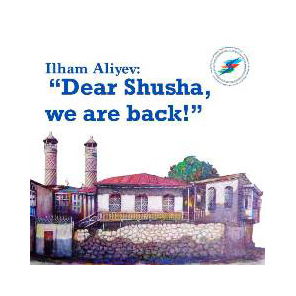

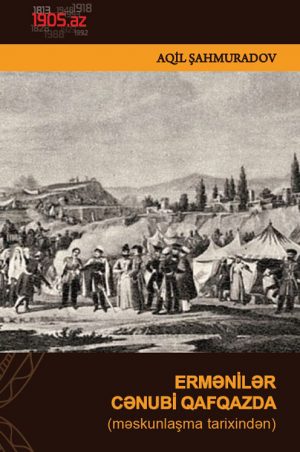






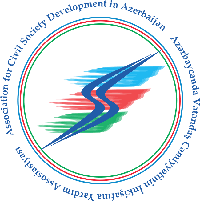
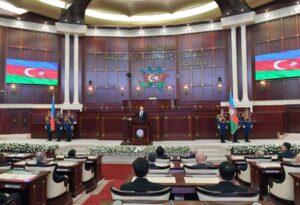 Inauguration ceremony of President of Azerbaijan Ilham Aliyev was held
Inauguration ceremony of President of Azerbaijan Ilham Aliyev was held Ilham Aliyev wins presidential election with 92.05 percent of votes VIDEO
Ilham Aliyev wins presidential election with 92.05 percent of votes VIDEO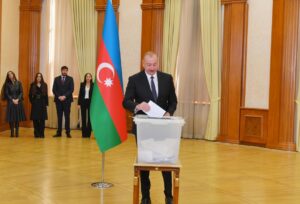 President Ilham Aliyev, First Lady Mehriban Aliyeva and family members voted in Khankendi VIDEO
President Ilham Aliyev, First Lady Mehriban Aliyeva and family members voted in Khankendi VIDEO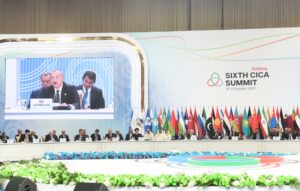 Plenary session of 6th Summit of Conference on Interaction and Confidence Building Measures in Asia gets underway in Astana. President Ilham Aliyev attends the plenary session VIDEO
Plenary session of 6th Summit of Conference on Interaction and Confidence Building Measures in Asia gets underway in Astana. President Ilham Aliyev attends the plenary session VIDEO President Ilham Aliyev was interviewed by Azerbaijani TV channels in Prague VIDEO
President Ilham Aliyev was interviewed by Azerbaijani TV channels in Prague VIDEO



